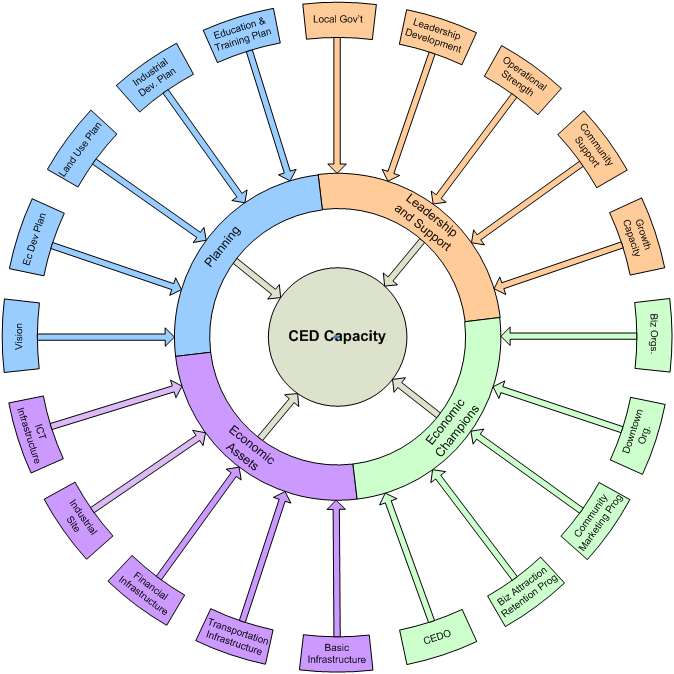Systems, companies, businesses, service organisations, community governance offices are all only as good as the people working within them. This is something we seem to forget about all too often. People, in any organisation or office need to be trained to be the best they can be in their role. Of course, that is precisely a human resources issue.
However, it goes beyond training and employee development. It goes beyond payroll and compensation. The gap that many of our Indigenous organisations and communities face is one of Human Resource policy. Many of us can recount a story of a manager hiring relatives who are clearly less qualified than other candidates or cases where people are fired by a new chief because they hadn't been among his supporters during elections. When we begin to consider this, a number of questions come to mind.
How many offices in Indigenous country have a solid understanding of employment standards?
Are there any workplace harassment policies in place?
Workplace health and safety standards?
Does office policy and practice meet up to Human Rights requirements?
How about duty to accommodate?
Have compensation levels been researched for fair market value?
Are there performance measurement strategies in place?
What employee orientation processes are there?
Does every position have job descriptions?
What is the office policy on sick leave, maternity and paternity leave, family leave, vacation leave?
What about statutory holidays? Are there other holidays the office will recognise?
What about funerals?
Is there a policy around child care or care for other family members?
What is the policy around equipment, furniture, and offices? Is it a fair process?
Is there a conflict of interest policy?
What accountability checks are in place for staff and managers? Ie. If a manager harasses an employee, what recourse does the employee have?
What is the hiring process? Is it fair?
There are many more questions that could be asked, but my point is made. We need to begin to consider HR policies and systems. Proper HR systems and policies will result in a greater level of governance capacity and therefore, greater accountability.
The National Centre for First Nations Governance established a principle, titled Human Resource Capacity and a related initiative called First Nations Public Service Initiative. In this document (found
here), the Centre makes the argument for the critical importance of human resource capacity to successful governance of our communities and nations. They call for professional certification, which includes the ability to establish proper and fair system to manage human resources.
Slowly, more communities and organisations are recognising this and beginning to seek help in developing this area of Human Resources. This is good. However, there is a danger if this is not done properly.
There are hundreds of consultants and companies that are more than happy to make money doing this type of work. There is nothing wrong with being properly compensated for quality work. Unfortunately, not all the work out there is of good quality. Many consultants or HR companies that are great at what they do in mainstream urban centres, try to apply their typical products and tools to Indigenous organisations and communities without ever considering whether they are even culturally relevant.
A set of HR policies written for Corporation XYZ in downtown Toronto will not be particularly relevant to a band office in remote ABC First Nation. It is very important to answer all the right questions (including, but not limited to all those I listed), but more important to consider the culturally relevant responses to those questions. Some companies can do this, if, when they are contracted, it is clear that they must listen to the cultural and geographic reality of the community or organisation and then apply those in the development of policies.
There are also some Indigenous companies/consultants who understand the importance of this mapping of HR policy needs to culture. That being said, just because a consultant is Indigenous doesn't guarantee that he/she will understand the culture/policy dynamic.
On the other hand, a consultant or company that understands the cultural side of things, but is weak on understanding of policy and standards, will leave your workplace open to liability. If a policy is written that goes against the human rights code (recently extended to on-reserve), your workplace can be held accountable and can suffer lawsuits.
Clarity in the contract at the outset will help ensure proper understanding of this, but also monitoring the end product before signing off is important. The end product must be examined to ensure it meets the requirements of the contract. Seeking advice from other professionals in the HR realm can be helpful in this.
At the end of the day, there are some considerations for both company/consultant and community/organisation.
1. HR policies and systems are an important component of proper governance
2. HR policies need to be custom written to meet the unique cultural requirements of each organisation/community
One thing communities or organisations can do to help in this process is to document the cultural norms of the comunity and workplaces in the community ahead of time. This will ensure that a consultant or company will be supplied with some of the essential knowledge they require in order to ensure policies can be custom developed for cultural relevance.
Ken
